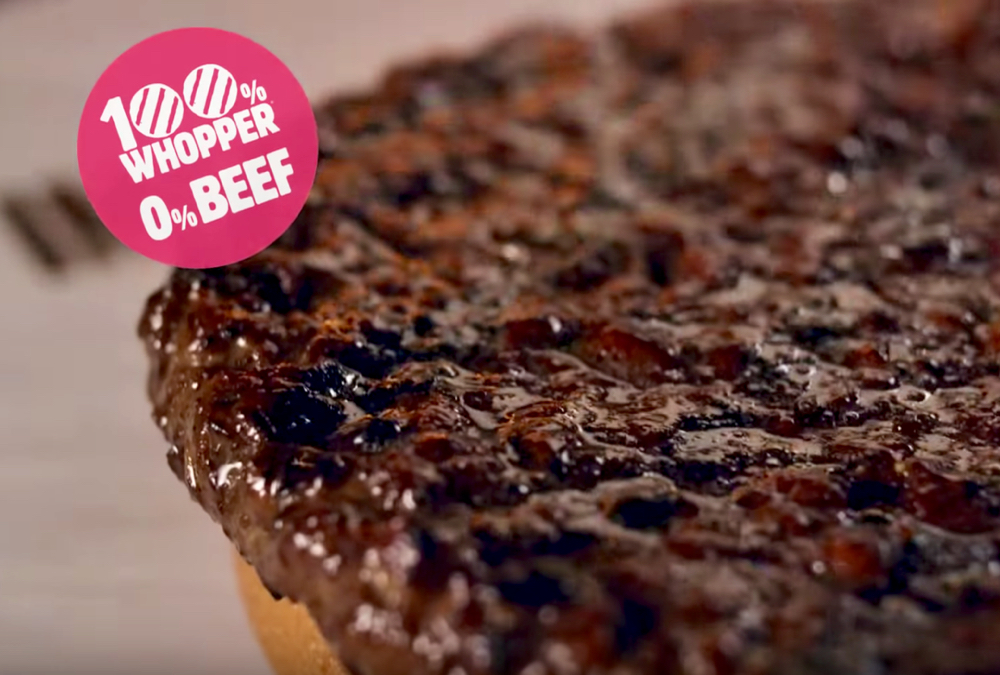JOHN MORRISS
EDITORIAL DIRECTOR
One of the more peculiar accusations levelled at the Canadian Wheat Board is that it is “secretive.” Compared to what? No other of the world’s major grain-marketing organizations provides so much detail such as that in the annual report released this month. Contrast the CWB’s multi-page statements of revenue and expenses with Glencore, one of the private companies that dominates world grain and other commodity trade. Last year it simply reported: “On a consolidated basis, turnover for the 2007 fiscal year was US$142.3 billion, Total Assets were US$60.0 billion and Total Glencore Shareholders’ Funds were US$15.7 billion at 31 December 2007.” That’s it.
Read Also

Detector in development to spot fusarium head blight’s signature toxin
A portable machine that would allow wheat growers to identify kernels contaminated with fusarium head blight’s signature mycotoxin is in development at the University of Saskatchewan.
If you haven’t heard of Glencore, Google “The Rich Boys” for a 2005 Business Week feature on the roots of the Swiss-based company. It could be your marketing future, and you can bet that unlike the CWB, it won’t be sending directors and staff out to take questions at a meeting in your local community hall.
Did Glencore lose any money trading grain futures last year? Or Cargill, or Toepfer (owned by ADM)? We’ll never know. This month, some of the principals who actually trade grain convinced Chicago futures regulators to limit speculative interest following the wild swings of last year. You can bet they weren’t asking for changes because they were making money trading futures.
We do, however, know how much the CWB lost – $89.5 million, trading futures to cover operations of its fixed price and basis contracts. That’s a pile of money, and some of those losses had to be subsidized from the pool accounts (see page 8). That’s unacceptable, and measures must be taken to ensure it doesn’t happen again.
On the other hand, $89.5 million represents 5.4 per cent of the total value of the fixed price programs. Given the wild gyrations in futures last year, that may be a pretty good number. Again, there’s no easy basis for comparison. Nor is there any basis for the snap criticisms by Agriculture Minister Ritz and some farm groups. The board has acted correctly in inviting an independent review, and criticisms should wait until then.
This disclosure gave some of the CWB critics a chance to take another shot, after having been quiet for a while, probably lest they be asked when they did their pricing last year. After all, the main reason you’d want the CWB out of the way would be that you think you could do better on your own. Farmers weren’t having much luck last year. Gross returns for sales under fixed price programs averaged $273 per tonne, compared to $368 for the pool – a difference of $2.50 per bushel.
Over a given period, the statistical and mathematical reality is that you can’t beat the pool. You might if you could sell most or all your crop at once, but you probably can’t, unless you’re a small farmer delivering a load or two at the top of the market for the year. In practice, most farmers must spread their deliveries through the year, matching them with the reality that customers process and consume grain every day. Whether it’s over one year, or three or five, sooner or later any marketing strategy ends up producing the same average price as any other. You can lock in a portion in advance, or sell a quarter of the crop every three months, or a 12th every month – whatever. It will average the same sooner or later.
Actually, any strategy not involving futures will do slightly better, because you avoid brokerage or other transaction costs.
Or the cost of outside advice. Consider the University of Illinois study in which researchers tracked the advice of 23 different market advisory services from 1995 to 2004. Depending on the year, between 58 and 63 per cent of the services produced prices in the middle third of the year’s market range. Between 17 and 25 per cent were in the top third. In other words, following their advice was no better than simply taking the cash price.
This is not to say that you shouldn’t have a marketing strategy tied to cash flow and other needs. But don’t think any strategy will beat the market.
The board may have been basking a bit too much in the praise for its cash pricing options. It has even been swept into using some of the meaningless jargon about giving farmers “market signals.” There is no such thing. No one knows what will happen in the market tomorrow, let alone in six months. That’s why we have futures markets – because we don’t know the future. They allow you to set a price today for delivery in the future. They don’t tell you the future. You need a crystal ball for that.
Cash pricing is all well and good, but as we’ve seen, it costs extra money. Last year it even cost farmers who stayed in the pool. Perhaps it’s time for the board to give equal time to promoting the principle on which it was founded, and debunking the marketing jargon based on the notion that you can predict the future. In the long run, or maybe even the short one, there’s only one way to beat the pool – in hindsight. [email protected]













